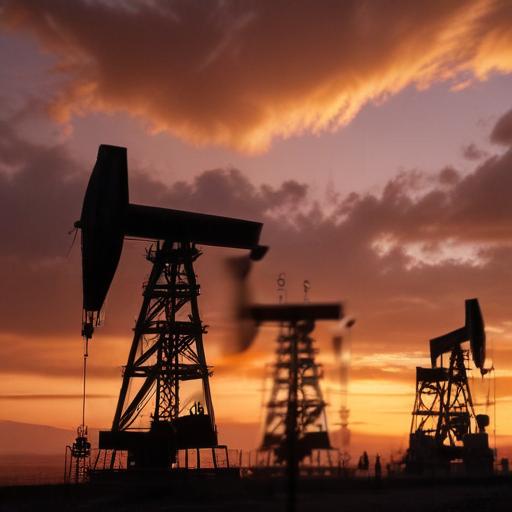Iran, recognized as a top 10 oil and gas producer globally, stands crucial to both regional and global energy markets. In light of the ongoing conflict between Israel and Iran that has entered its fifth consecutive day, tensions have escalated significantly. Israel has targeted key Iranian installations, including nuclear facilities, military sites, and essential energy infrastructure such as oil and gas facilities and state television headquarters.
This military escalation has heightened concerns regarding potential broader conflicts in the Middle East and their implications for global energy markets. According to the U.S. Energy Information Administration, Iran possesses the second-largest proven natural gas reserves in the world and ranks third in crude oil reserves.
Iran’s oil industry is substantial, with approximately 157 billion barrels of proven crude oil reserves, accounting for about 12% of global reserves. The nation ranks ninth globally in oil production and fourth within OPEC, generating around 3.3 million barrels of crude oil per day, while exporting about 2 million barrels, contributing significantly to the country’s economy with estimated net oil export revenues of $53 billion in 2023.
The location of Iran’s oil and gas facilities plays a pivotal role in its production capability. Major onshore oilfields, such as the Ahvaz and Gachsaran fields, and the significant offshore fields, including Abuzar and Foroozan fields in the Gulf, primarily support its production. The Kharg Island terminal emerges as a crucial hub, facilitating nearly all crude oil exports and handling approximately 1.5 million barrels per day.
In addition to oil, Iran’s gas sector is notable, possessing the world’s second-largest proven natural gas reserves at 1,200 trillion cubic feet. Its gas industry produces over 9,361 billion cubic feet annually, marking Iran as the third-largest natural gas producer globally. However, the country faces challenges in maximizing production due to longstanding international sanctions that restrict foreign investment.
The recent military actions by Israel have included attacks on multiple energy facilities, specifically targeting the South Pars gasfield, various oil depots and refineries, adding further strain to an already precarious situation.
Amidst these challenges, Iran’s resilience as a leading energy producer remains evident. While the conflict raises immediate concerns regarding market stability, Iran’s natural resources and strategic location ensure its continued significance in the global energy landscape. A positive viewpoint reveals the potential for diplomatic negotiations to stabilize the region, highlighting the importance of collaboration for energy security moving forward.
